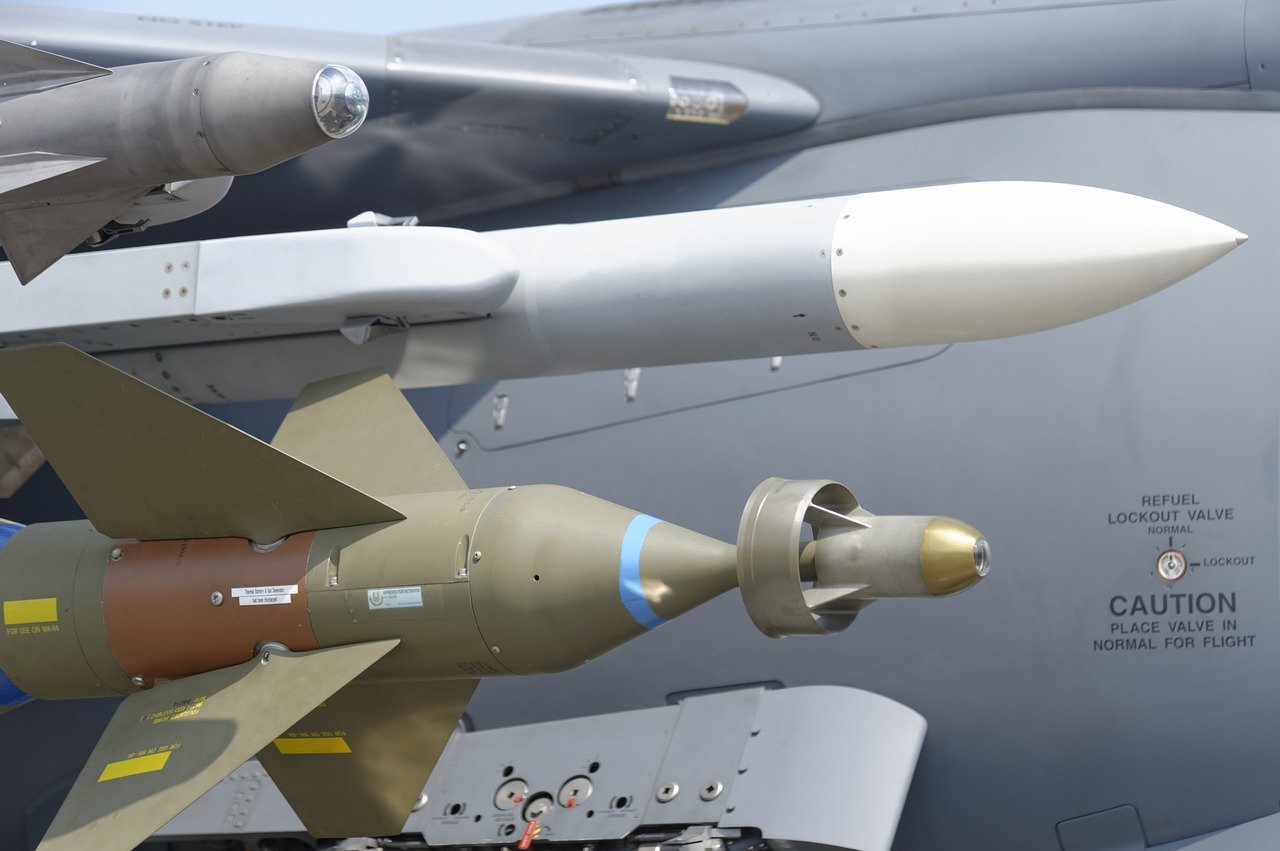G7 performance on governing arms control
Hiromitsu Higashi, research analyst, G7 Research Group, looks at the G7’s past performance in this area and identifies the main objectives for arms control – including bringing North Korea back to the negotiating table
Arms control, in particular the prevention of the proliferation of weapons of mass destruction, has been one of the G7’s core subjects since its creation in 1975.
The acquisition of WMDs by both states and non-state actors such as terrorist groups in violation of the Non-Proliferation Treaty significantly challenges regional stability and international peace. At their virtual meeting on 25 March 2020, G7 foreign ministers concluded that Iran and North Korea remained two primary flashpoints. For the G7 leaders, arms control remains a topic for discussion that has been carried over from France’s presidency in 2019 and earlier.
Deliberations
The amount of attention that arms control has been given by G7 leaders has varied. It first appeared in 1977, when G7 leaders devoted 200 words (7%) in their communiqué to arms control. The percentage remained below 10% – except in 1983 (19%), 1991 (23%) and 1992 (15%) – until 2002, when it rose to 1,847 words (12%) as the G7 launched the Global Partnership Against the Spread of Weapons and Materials of Mass Destruction. After that, arms control received regular, consistent attention, reaching a peak in 2012 with 4,240 words (38%), but plummeting to 447 words (3%) in 2013. It remained under 10% ever since. In 2019, only 23 words (0.3%) were devoted to arms control.
Commitments
From 1975 to 2019, the G7 made 349 collective, politically binding commitments on arms control, as identified by the G7 Research Group. This placed arms control in fifth place among all issue areas. There were three commitments made in 1977. The peak came in 2011, when the G7 made 44 commitments on arms control. Few commitments were made in recent years, with none made in 2019.
Compliance
The G7 Research Group has assessed 31 of the 349 commitments related to arms control for compliance by the G7 members. With average compliance of 81% – well above the average of 76% on all subjects – arms control has remained a priority for all G7 members in delivering on their decisions. Compliance reached an all-time high of 100% on commitments made in 2003, when the leaders issued five separate documents dedicated to the non-proliferation of nuclear weapons, one year after an all-time low on commitments made in 2002 (63%). In recent years, compliance has been relatively low. With only one commitment assessed from each summit from 2015 to 2019, average compliance was 69%.
Corrections
Findings by the G7 Research Group suggest a positive correlation between G7 performance on arms control and the attention this issue receives at a summit. The three summits from 2010 to 2012 – where at least 27% of words related to arms controls in each summit – produced 66 commitments in total. Average compliance was a strong 95%. There were also times where the correlation appears weak. At the 2007 summit, with 4,267 words (16.5%) on arms control, the four assessed commitments out of 38 produced compliance of 68%.
Two main objectives for arms control in 2020 were the issues of preventing Iran from acquiring nuclear weapons and bringing North Korea, with its arsenal of WMDs, back to the negotiating table. During the G7 foreign ministers’ meeting, US secretary of state Mike Pompeo urged his G7 partners to join the United States in renewing sanctions on Iran. However, Japan and the European Union conveyed their desire for Iranian compliance with the Joint Comprehensive Plan of Action, from which the United States withdrew in May 2018. The G7 leaders should thus work to reach a consensus on the regional situation and find a road map to non-proliferation. As a long-standing guarantor of international peace and stability, the G7 gives the United States an opportunity to lead.












